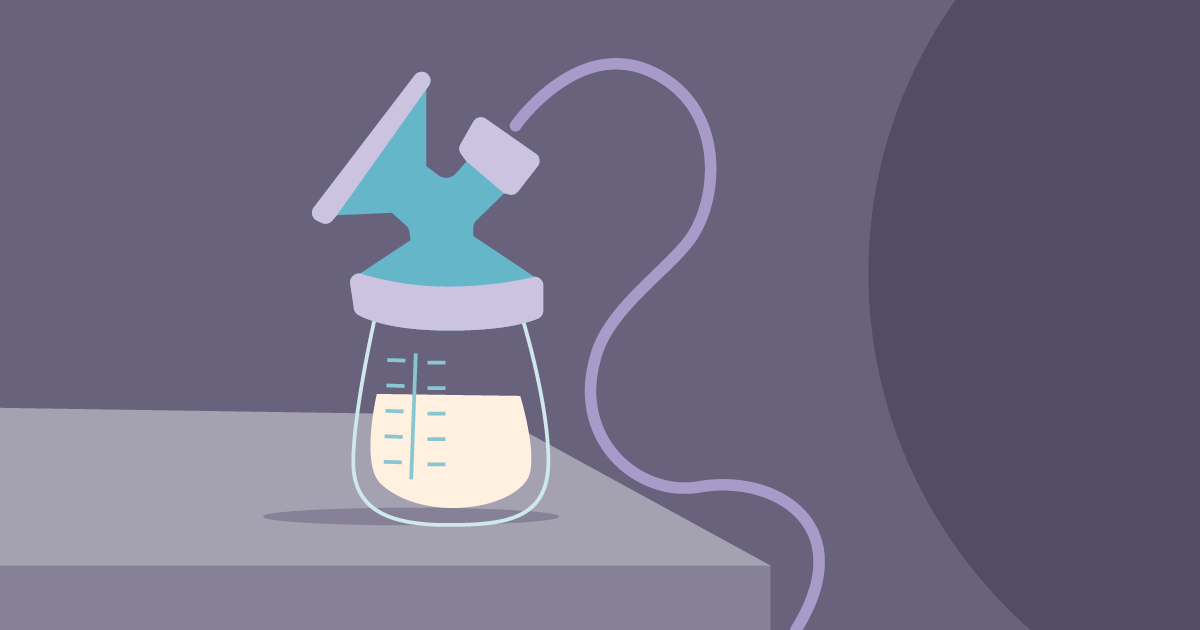
Common Questions about Traveling with Breast Milk and Baby on a Plane
As the holiday travel season approaches, if you're traveling with your baby (quite literally), make sure to bookmark this article for all your upcoming journeys. From understanding the three-ounce rule to managing pumping while on the plane, here's a comprehensive guide to the regulations and tips for breastfeeding during air travel, shared by a parent who's been through it all.
Air Travel and Lactation: Clearing up your questions
Q: Does my breast pump count as a second carry-on?
A: Nope, your breast pump is considered a medical device and doesn't count towards your carry-on limit. But remember, a separate breast milk cooler does count. Always check your airline's carry-on rules and don't hesitate to inform TSA that it's a breast pump when it goes through the X-ray.
Q: Does the three-ounce rule apply to breast milk?
A: No, you're in the clear with breast milk. No need to portion it into three-ounce containers or stash it in a quart-sized bag like your toiletries. Just give TSA a heads-up at security. Note: Frozen or sub-three-ounce milk doesn't require screening. Larger quantities might need extra attention, but they won't open your containers.
Q: Can I bring pre-pumped breast milk in a cooler?
A: Absolutely! Store your liquid gold in a well-insulated cooler for easy travels. Just declare it to TSA, and they'll perform a quick check without unpacking everything. There's no limit on quantity within the US, but remember, Heathrow Airport has different rules. Frozen ice packs must be solid, though; thawed ones won't make the cut and will need screening.
Q: Do I need my baby with me to carry breast milk?
A: Nope. Despite the mix-ups, the TSA website clarifies that your child doesn't need to accompany you for you to transport breast milk. If you're traveling without your baby, you'll still want to pump to avoid discomfort and save that precious milk!
Q: Will TSA open milk bags or bottles for testing?
A: It's unlikely. If the milk isn't frozen, a TSA agent might swab the outside or place the containers in a machine briefly. It's a speedy process. While they could ask you to open a container, you can refuse and opt for additional screening.
Extra tips for Travel Newbies
Traveling with breast milk and maintaining your peace of mind is absolutely doable—just remember these tips for a smooth journey.
Frozen or Fresh Dilemma: Navigating breast milk freezing during travel can be a challenge. Given that breast milk is safe in a fridge for a few days or in an insulated cooler with ice packs for up to 24 hours, keeping it unfrozen for shorter trips is an option. (Besides, if you have your baby with you, some fresh milk might be essential!) If your milk isn't frozen, allow a bit of extra time at security for the screening process.
TSA Tranquility: While we've all heard those anxiety-inducing tales, most times, bringing your pump or breast milk on a flight is a breeze. Don't let security stress you out! Mentioning your breast pump or milk might actually get you expedited treatment from many TSA officers. For added reassurance, print and carry a copy of TSA's official flying-with-breast-milk guidelines.
Nursing Nooks: Research if the airport you're flying through offers nursing pods. Many airports are catching on and adding these convenient spaces for nursing and pumping parents (about time, right?). If you can't find this information online, check with the airport service desk. Otherwise, pump where you're most comfortable—whether it's a restroom (family or regular), a vacant gate area, or a quiet corner.
Pumping in Flight: Preparing for a long journey? There might come a time when you have to pump while cruising at 25,000 feet. No worries, it's doable! The airplane's noise can help mask the pump's sound, so just act like a pro and go for it. With a battery-operated or manual pump, use a nursing cover and pump in your seat. Alternatively, consult a flight attendant for advice on timing and location. Some might recommend a restroom (not ideal but private) while others could offer a spot in the staff area.
Backup Essentials: Visualize your entire pumping routine, from pumping to cleaning and storage, to make sure you're well-prepared. Pack battery packs or adapters, spare batteries, quick-cleaning wipes, empty storage containers, ice packs, a cooler, spare parts, and a nursing bra or cover—everything you need to stay comfortable and preserve your milk. Keeping a manual pump as a backup (for battery emergencies, no outlets available, or restricted movement) is a smart move.
Lastly, Embrace the Trip: Enjoy your holiday without stressing too much about air travel—think of the beautiful memories you'll create once you touch down.

Pacify is your ultimate resource for comprehensive support on your breastfeeding journey. Our certified Lactation Consultants are ready to offer expert guidance and solutions tailored to your unique needs. But that's not all – Pacify now brings you an added advantage with access to skilled Doulas. These experienced professionals can provide valuable insights during pregnancy, childbirth, and postpartum, offering emotional support, evidence-based information, and personalized care. With Pacify, you can tap into the wisdom of both Lactation Consultants and Doulas, ensuring a well-rounded and holistic approach to your parenting experience. Whether it's breastfeeding guidance or doula assistance, Pacify is your trusted partner every step of the way.
